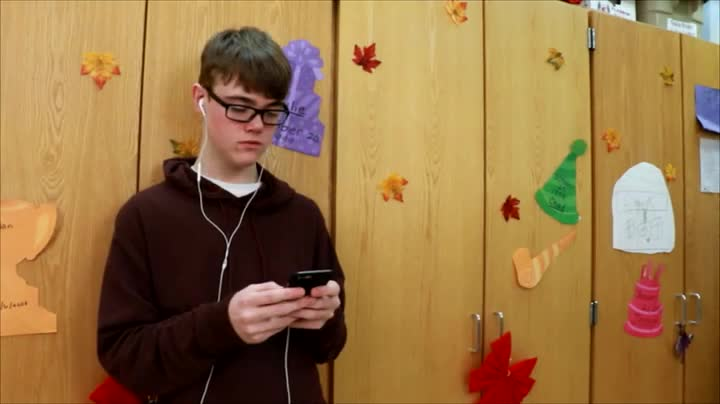In special education, developing effective Individualized Education Program (IEP) goals is crucial to helping students with diverse needs succeed. Today, we’re focusing on the significant skill of following people’s eyes, which plays a vital role in communication and social interaction.
Understanding the Skill of Following People’s Eyes
Following people’s eyes refers to observing where someone is looking to infer their thoughts and intentions. This skill helps students better understand social cues, engage in meaningful conversations, and build strong relationships. By developing this skill, students can improve their learning experience, social interactions, and overall wellbeing.
The Role of Specialists
Various specialists can support the development of the target skill:
- Speech-Language Pathologists: They can help students improve their nonverbal communication and interpret eye movements in social contexts.
- Social Workers: They can provide guidance on social skills development and facilitate group activities that promote the target skill.
- Psychologists: They can assess students’ social cognition and develop strategies to strengthen the target skill.
- School Counselors: They can support students in developing self-awareness and applying the target skill in various social situations.
IEP Goals for Following People’s Eyes
Consider incorporating these SMART IEP goals to improve the target skill:
- Goal: The student will accurately identify the focus of attention of conversation partners by following their eyes in 8 out of 10 opportunities during a one-month period.
- Strategies and Activities: Role-playing, group discussions, and guided practice in real-life situations.
- Goal: The student will demonstrate increased awareness of their own eye movements, ensuring they maintain appropriate eye contact in 80% of social interactions over six weeks.
- Strategies and Activities: Video modeling, self-monitoring, and structured feedback from peers and educators.
Implementing and Measuring Progress
For successful implementation and progress measurement, consider the following tips:
- Collaborate with specialists to create a comprehensive support plan.
- Use consistent data collection methods to track progress.
- Provide regular feedback and reinforcement to the student.
- Adjust goals and strategies as needed based on ongoing assessment.
Conclusion
Developing and implementing IEP goals for following people’s eyes can significantly improve students’ communication and social skills. We encourage educators to apply these goals and invite readers to share their experiences and insights. For more resources, explore Everyday Speech Sample Materials.






